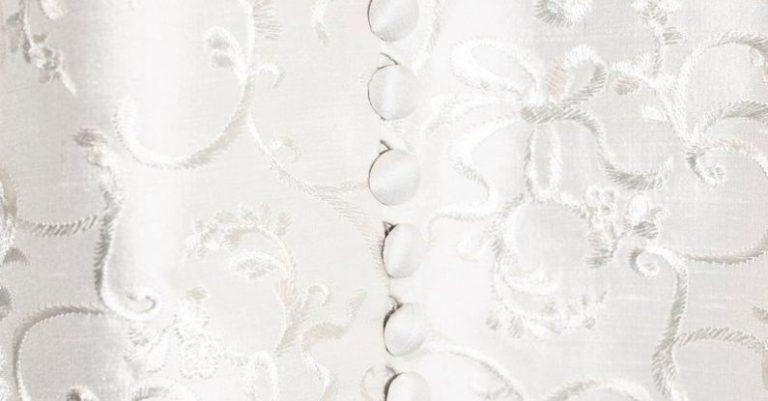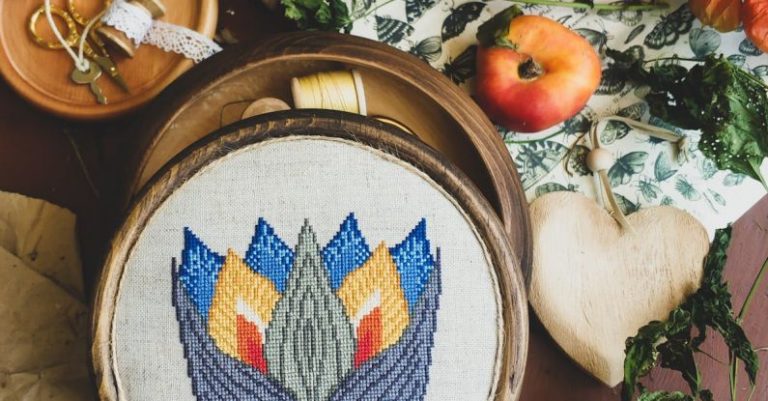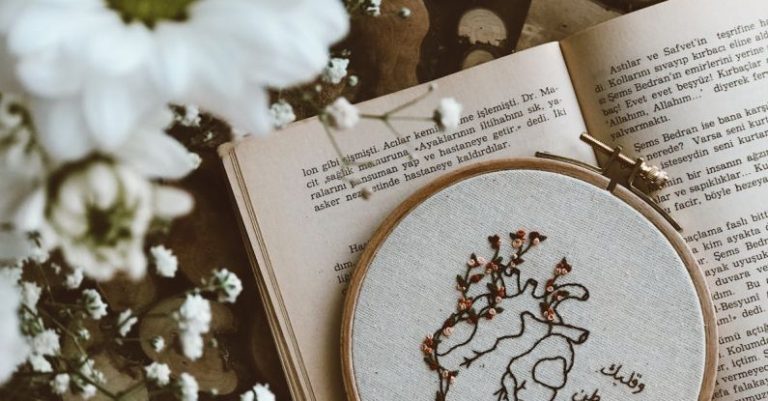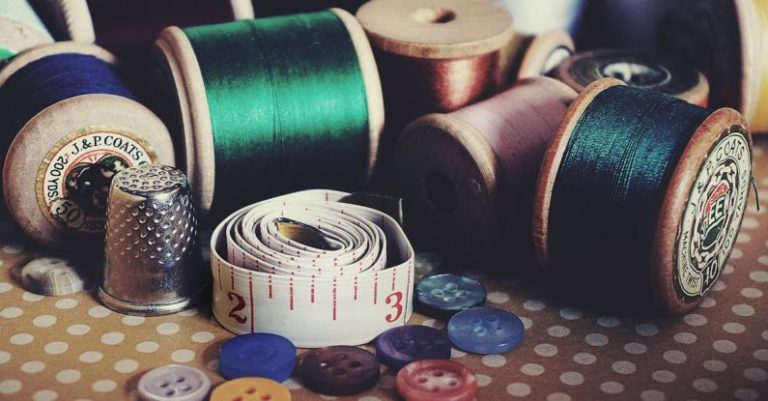
Embroidery is a beautiful and intricate art form that allows individuals to express their creativity through needle and thread. Whether you are a seasoned embroidery enthusiast or a beginner looking to try your hand at this craft, one of the key steps in creating a stunning embroidered piece is transferring the pattern onto the fabric. In this article, we will explore various methods on how to transfer embroidery patterns to fabric effectively.
Choosing the Right Fabric
Before transferring the embroidery pattern, it is essential to select the right fabric for your project. The fabric you choose should have a tight weave to ensure that the stitches hold well and the design looks crisp. Popular choices for embroidery include cotton, linen, and even silk. Make sure to wash and press the fabric before transferring the pattern to remove any wrinkles or sizing that may interfere with the transfer process.
Tracing Paper and Carbon Paper
One of the simplest methods for transferring embroidery patterns to fabric is by using tracing paper or carbon paper. Place the tracing paper or carbon paper on top of the fabric, followed by the embroidery pattern. Secure the layers in place with tape to prevent shifting. Use a stylus or a blunt pencil to trace over the lines of the pattern. The pressure applied will transfer the design onto the fabric. Once you have traced the entire pattern, remove the papers to reveal the transferred design on the fabric.
Water-Soluble Stabilizer
Water-soluble stabilizer is another excellent tool for transferring embroidery patterns, especially intricate or delicate designs. To use this method, print or draw the embroidery pattern on the water-soluble stabilizer. Place the stabilizer on top of the fabric and secure it with pins. Stitch along the lines of the pattern, going through both the stabilizer and the fabric. Once you have completed the stitching, soak the fabric in water to dissolve the stabilizer, leaving behind the embroidered design on the fabric.
Heat Transfer Pencils
Heat transfer pencils are a convenient option for transferring embroidery patterns onto fabric, especially for beginners. To use a heat transfer pencil, place the embroidery pattern face down on the fabric. Trace over the lines of the pattern with the heat transfer pencil. The heat from the iron will transfer the design onto the fabric. Ensure that you follow the manufacturer’s instructions for the specific heat transfer pencil you are using to achieve the best results.
Iron-On Transfer Paper
Iron-on transfer paper is a popular choice for transferring embroidery patterns onto fabric quickly and easily. Print the embroidery pattern onto the transfer paper using an inkjet printer. Place the transfer paper face down on the fabric and iron over it using a hot, dry iron. The heat from the iron will transfer the design onto the fabric. Once the transfer is complete, carefully peel off the transfer paper to reveal the design on the fabric.
Conclusion: Finding the Right Method for You
Transferring embroidery patterns to fabric is a crucial step in creating beautiful embroidered pieces. Whether you prefer the simplicity of tracing paper and carbon paper, the versatility of water-soluble stabilizer, the convenience of heat transfer pencils, or the ease of iron-on transfer paper, there are various methods available to suit your preferences and project requirements. Experiment with different techniques to find the method that works best for you and enjoy the creative process of bringing your embroidery designs to life.





